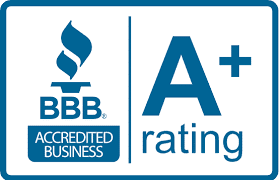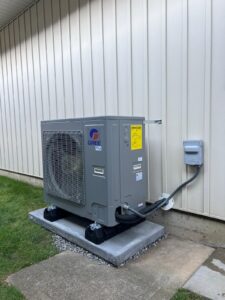Optimizing Indoor Air Quality: Furnace Filter Upgrades in BC
Table of Contents
Indoor air quality plays a crucial role in our day-to-day health, comfort, and overall well-being. While we often associate pollution with outdoor environments, the truth is that indoor spaces can harbor just as many—if not more—airborne contaminants. For households across British Columbia, and especially for seniors living in Vancouver and surrounding communities, optimizing indoor air quality is not a luxury; it’s a necessity.
At BCRC Heating and Cooling, we understand how important clean indoor air is for healthy living. One of the simplest, most cost-effective steps you can take is upgrading your furnace filter. By making informed choices about HVAC maintenance, you can turn your home into a safe, comfortable haven and significantly reduce exposure to harmful particles. please check out furnace repair service in vancouver from here.
Why Indoor Air Quality Matters (Especially for Seniors)
Many homes feel sealed from the outside world, but pollutants still accumulate inside. Everyday activities such as cooking, cleaning, or burning candles release fine particles and volatile organic compounds (VOCs) into the air. Add in external factors—like seasonal pollen or wildfire smoke drifting into Metro Vancouver—and your indoor environment can quickly become a reservoir of irritants. Dust mites, pet dander, mold spores, and bacteria all contribute to an invisible mixture of contaminants that circulate through your living spaces.
Poor indoor air quality is linked to a range of health issues. Short-term effects can include eye, nose, or throat irritation, headaches, dizziness, and fatigue. Long-term exposure increases the risk of respiratory illnesses, allergies, and even cardiovascular problems. Children and older adults are especially vulnerable. Seniors, in particular, often have weakened immune systems or pre-existing conditions such as asthma, COPD, or heart disease, making them far more sensitive to airborne irritants.
That’s why optimizing indoor air quality is so important. For Vancouver homeowners, a proactive approach isn’t just about comfort—it’s about protecting the health of your loved ones. By investing in better air filtration and HVAC practices, you can create a safer environment that supports easier breathing, better sleep, and improved overall quality of life.
The Role of Your Furnace Filter
Your furnace filter acts as your first line of defense against airborne pollutants. As air passes through your HVAC system, the filter captures dust, pollen, pet hair, and microscopic particles before they recirculate into your living areas. When chosen correctly and replaced on schedule, a high-quality filter prevents the build-up of debris inside your ducts and keeps your system running efficiently.
Unfortunately, many homeowners underestimate the importance of this small component. A filter that’s too basic may allow allergens and fine particles to pass right through. A dirty or clogged filter restricts airflow, forcing your furnace to work harder and potentially shortening the life of your system. In some cases, an overworked system can even blow trapped pollutants back into your home.
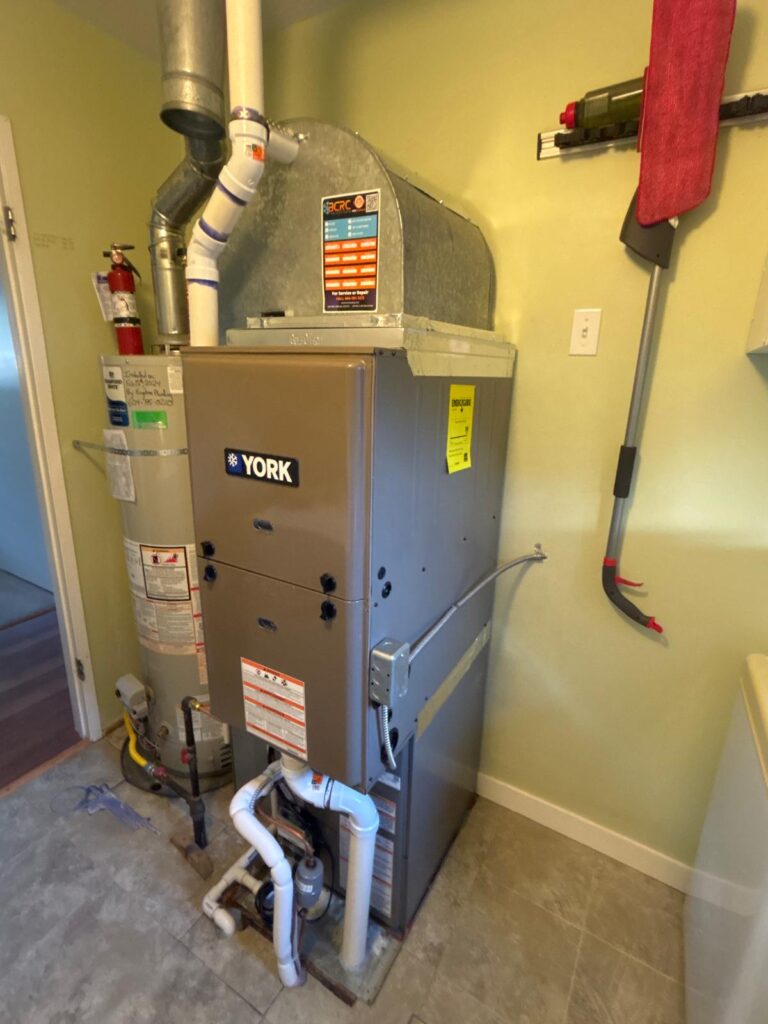
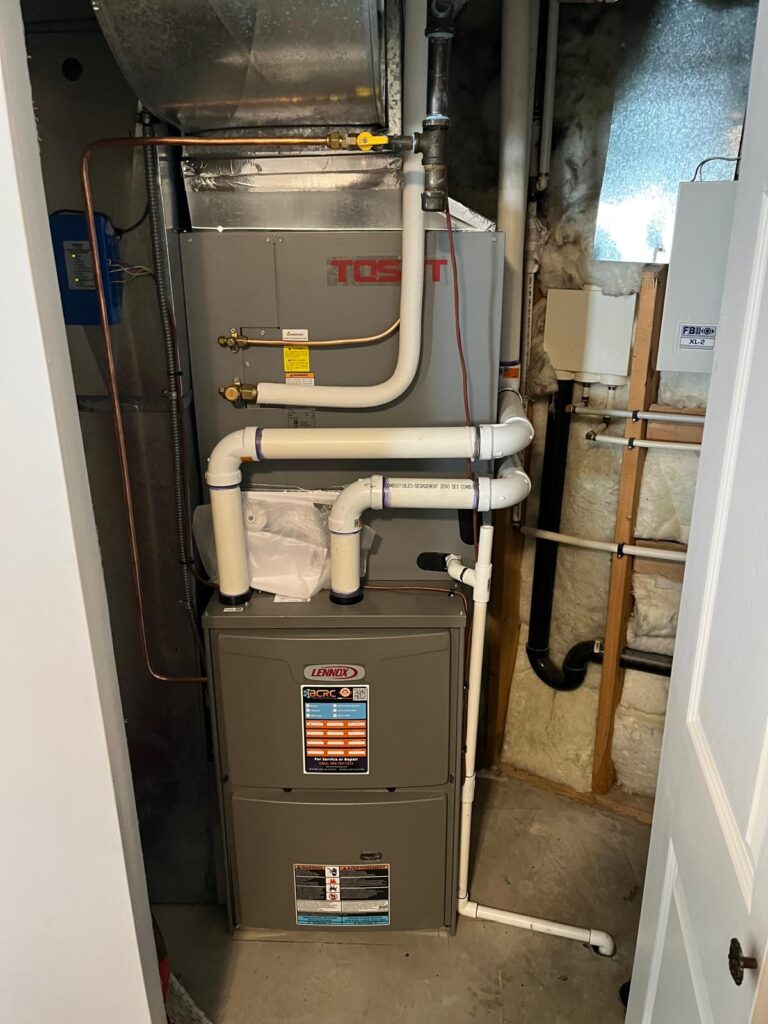
Upgrading your furnace filter is one of the most straightforward ways of optimizing indoor air quality. High-efficiency filters—often rated by their MERV (Minimum Efficiency Reporting Value)—can trap much smaller particles than standard filters. For example, a filter with a MERV rating between 8 and 13 can capture mold spores, fine dust, and some bacteria. Higher-end HEPA-style filters offer even greater filtration, though they may require modifications to your system to avoid restricting airflow.
MERV, HEPA, and Other Ratings: Picking What’s Right
To make the best furnace filter upgrade, you need to understand filter ratings:
MERV (Minimum Efficiency Reporting Value): Measures how well a filter captures particles between 0.3 and 10 microns. Higher MERV = more efficient filtration. For many homes, a MERV of 8–13 strikes a balance between good protection and maintaining airflow.
HEPA (High Efficiency Particulate Air): Filters that capture at least 99.97% of particles 0.3 microns in size. Excellent for allergy sufferers or those needing advanced protection—but not all furnaces tolerate HEPA filters without upgrades or modifications.
Pleated vs. Fiberglass vs. Electrostatic: Pleated filters offer more surface area; fiberglass are cheaper but less efficient; electrostatic attract particles via electric charge. The right choice depends on your system and your health needs.
When optimizing indoor air quality, selecting a filter with an appropriately high MERV rating (or HEPA in certain cases) is one of your most powerful tools—but you also must ensure your furnace system can handle the airflow resistance.
Furnace Filter Upgrades: What They Entail
Assessing Your Existing Setup
Before upgrading, BCRC Heating and Cooling technicians evaluate:
The current furnace, ductwork, and ventilation system
Filter slot size and filter type already in use
Airflow capacity: can the furnace motor handle higher resistance filters?
Existing indoor air challenges (humidity, mold, pets, smoke, allergies)
Choosing the Right Filter Upgrade
Here are common upgrade pathways:
Moving from basic fiberglass filters to pleated filters with higher MERV ratings
Adding or retrofitting HEPA or near-HEPA filters in ducted systems or in standalone air purifiers
Using electrostatic filters or washable filters in appropriate settings
Installing dual filters (one high-efficiency one near air return, one at furnace) for layered protection
Installation & Maintenance
Even the best filter doesn’t work if improperly installed or poorly maintained. Key practices:
Ensure filter is sealed properly; no gaps
Change or clean filters on schedule (usually every 3 months for many homes; more often for households with pets, smokers, or allergy sufferers)
For upgraded, higher-MERV filters, check furnace fan curves and motor load to ensure safety and efficiency
Monitor pressure drop: if airflow is too restricted, it can harm the furnace or reduce indoor comfort
How Filter Upgrades Help With Different Indoor Pollutants
Here’s how better filtering helps different air quality issues common in Vancouver:
| Pollutant Type | Typical Source(s) | How Upgraded Filters Help |
|---|---|---|
| Dust, pet dander, hair | Carpets, pets, general dust | Pleated or high-MERV filters trap these before they circulate |
| Pollen & allergens | Outdoor air, windows, HVAC intake | HEPA or high-MERV filters capture fine particles that trigger allergies |
| Mold spores & mildew | Damp basements, leaks, humid climate | Filters reduce airborne spores, combined with humidity control |
| Smoke, odors, VOCs | Wildfire smoke, cooking, cleaning supplies | Filters with activated carbon or specialized media help reduce smells and chemicals |
By optimizing indoor air quality, your home becomes more than just shelter—it becomes a healthier space. That’s essential particularly for seniors or anyone with respiratory sensitivity.
Furnace Filter Upgrades vs. Other IAQ Strategies
While upgrading your furnace filter is foundational, it’s part of a broader toolkit:
Proper ventilation: fresh air intake, exhaust vents, bathroom/kitchen fans
Humidity control: dehumidifiers or humidifiers depending on season
Regular HVAC maintenance: cleaning ducts, checking seals, ensuring everything runs smoothly
Air purifiers or UV-light systems: to address very fine particles or microbial threats
However, filter upgrades are often among the most cost-effective ways to start optimizing indoor air quality because they cost less, are relatively easy to implement, and provide immediate gains.
Special Considerations in Vancouver & BC Climate
Our coastal, often humid climate can encourage mold and mildew. Upgraded, high-quality filters help trap spores and reduce risk.
Wildfire smoke is an occasional but serious issue; using HEPA filters or filters with higher MERV ratings can help during smoke events.
With older homes widespread in Vancouver, HVAC systems may be older or not designed for high resistance filters; upgrades often need professional assessment.
At BCRC Heating and Cooling, our experience shows that homes in Metro Vancouver and the Lower Mainland benefit strongly when combining good filter upgrades with moisture control and clean venting.
Measuring Filter Performance & Air Quality Improvements
It’s useful to track improvements after a filter upgrade. Here are methods:
Indoor Air Quality Monitors: Devices that measure PM2.5, humidity, VOCs
Relative Health & Comfort: Fewer allergy attacks, less dust settling, better sleeping, less coughing
Utility Bills & HVAC Efficiency: High airflow resistance can increase energy use; a proper filter upgrade should balance efficiency with clean air
When optimizing indoor air quality, the goal is visible improvement without negative side-effects (higher bills, overly dry or humid air, etc.).
Step-by-Step Guide: Upgrading Your Furnace Filter with BCRC Heating and Cooling
Schedule an in-home assessment: Our technicians from BCRC examine your system & current filter.
Discuss your health or sensitivity needs: Allergies? Seniors in residence? Pets? Smoking?
Evaluate your furnace’s capacity: Can it handle higher-MERV filters without strain? Do ducts need sealing?
Choose recommended filter types: We suggest filter brands, MERV level, possibly HEPA retrofits or carbon filters if needed.
Install it properly: Our team ensures snug fit, correct airflow direction, and sealing.
Set up a maintenance schedule: We’ll remind you when to change or clean filters, monitor performance.
Follow up & monitor IAQ: We can help with air quality monitors or periodic inspections to make sure you’re experiencing the benefits.
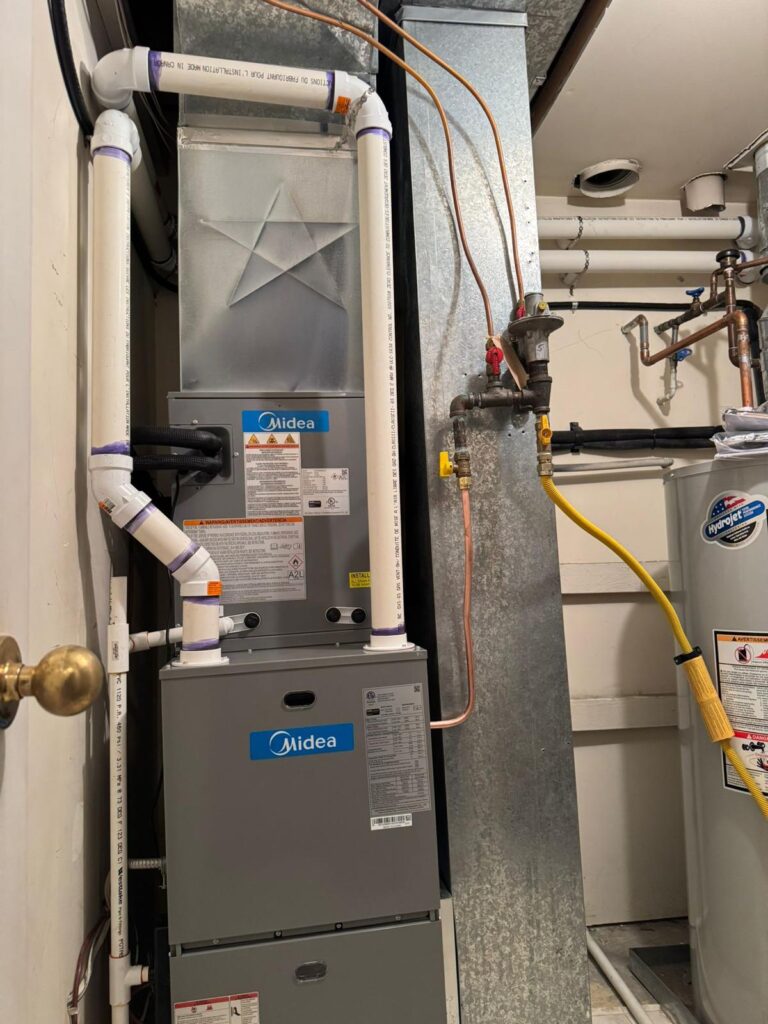
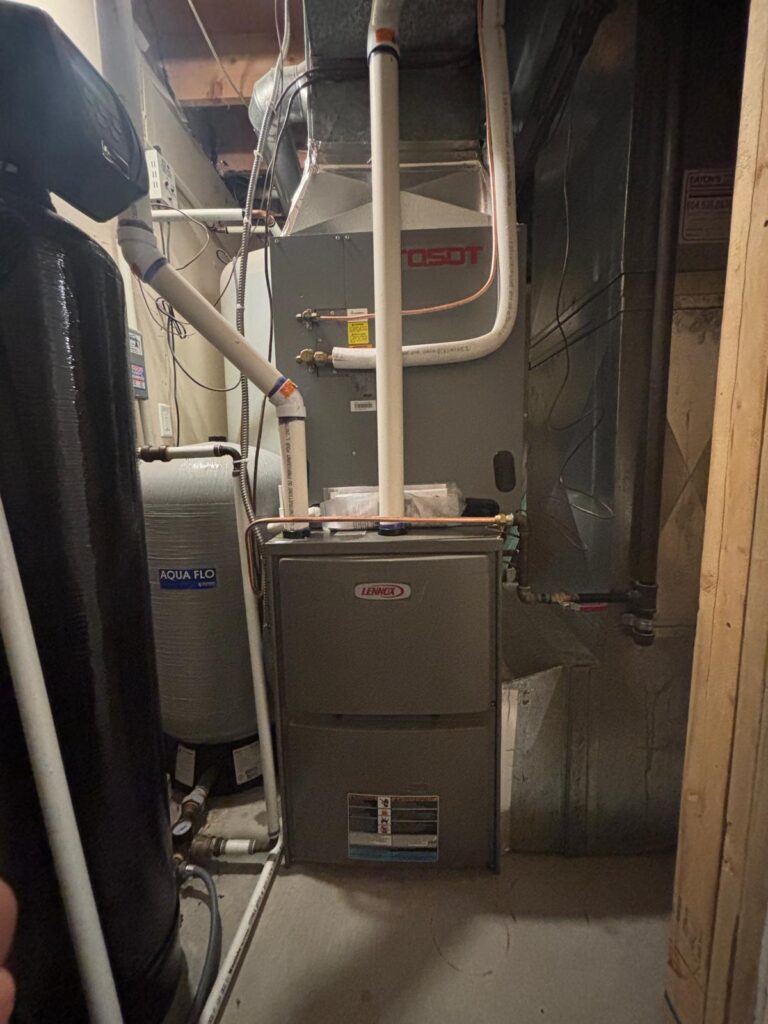
Emergency Expert Furnace Service Vancouver
Cost vs. Value: What You Should Know
Upgrading filters often increases upfront cost—but:
Reduced healthcare costs from fewer allergy or asthma incidents
Lower long-term wear on HVAC system because dust and debris are kept in check
Energy savings if high resistance filters are properly matched – fewer system inefficiencies
Better home comfort (fewer hot/cold spots, less odor, less dust), which is invaluable
When optimizing indoor air quality, what you spend on filters feels small compared to the comfort, health, and long-term savings you get.
Common Myths & FAQs
| Myth | Reality |
|---|---|
| Higher MERV always means better | Not if your furnace can’t maintain airflow—too high a resistance and you lose efficiency or risk system damage. |
| Changing filters often costs too much | Missing filter changes costs more in health, replacements, energy, and maintenance. |
| Fiberglass is good enough | Fiberglass picks up large debris, but doesn’t catch fine particles—pleated or HEPA filters do a much better job at optimizing indoor air quality. |
| Seal your house completely | Sealing helps, but ventilation and filtration are essential to bring in fresh air and remove pollutants. |
Case Studies: Vancouver Seniors & Families
Mrs. T in Kitsilano: A senior living alone, frequent allergy flare-ups. After upgrading to a MERV 13 pleated filter, replacing it every 8 weeks, and adding a portable air purifier for wildfire smoke, she reports much fewer sneezes and deeper sleep.
The Yang family in Burnaby: Two children, one with asthma. BCRC changed ducts, sealed leaks, upgraded filter to MERV 12, and now their HVAC system handles smoke days without the house filling with smoke smells.
These stories show clear instances of optimizing indoor air quality directly improving daily life.
How to Know It’s Time for a Filter Upgrade
You clean every few days and still see lots of dust
Someone in the household has been ill or having respiratory symptoms
Smoke from outdoors seeps in, or wildfire-smoke alerts are frequent
Your HVAC system seems noisier, or energy bills have been creeping up
Existing filters are low quality, thin, or very cheap
If any of these apply, investing in furnace filter upgrades is a smart move.
Doing It Right: Tips from BCRC Heating and Cooling
Always purchase from reputable brands; cheap filters with inflated claims often underperform.
Ask your HVAC technician about your system’s maximum allowed pressure drop and fan capacity.
Balance filtration with ventilation—bring fresh air gently where possible.
Keep humidity between ~30-50% to discourage mold but prevent dryness.
Watch for signs of filter overuse: discoloration, smell, reduced airflow.
Why Prioritizing Filter Upgrades is a Key Step
Optimizing indoor air quality isn’t just a slogan—it means taking practical steps, and furnace filter upgrades are often among the easiest, most cost-effective, and fastest. When done with expertise, they:
Reduce airborne irritants and allergens
Protect respiratory health, especially for households and seniors
Improve comfort, smell, cleanliness
Lower maintenance headaches and long-term system wear
At BCRC Heating and Cooling, our expertise and hands-on service ensures you get all these benefits—without guessing or over-spending.
Breathe Easier Today with BCRC Heating and Cooling
You deserve a home in Vancouver where every breath feels clean, calm, and safe. Let BCRC Heating and Cooling help you start optimizing indoor air quality today.
Contact us now for a complimentary in-home evaluation, and let our skilled technicians show you where your furnace filter upgrade can deliver the biggest improvement—for health, comfort, and peace of mind. Seniors and households, we are here for you. Don’t wait until allergies, smoke, or asthma symptoms force the issue—take action now, breathe easier tomorrow.

